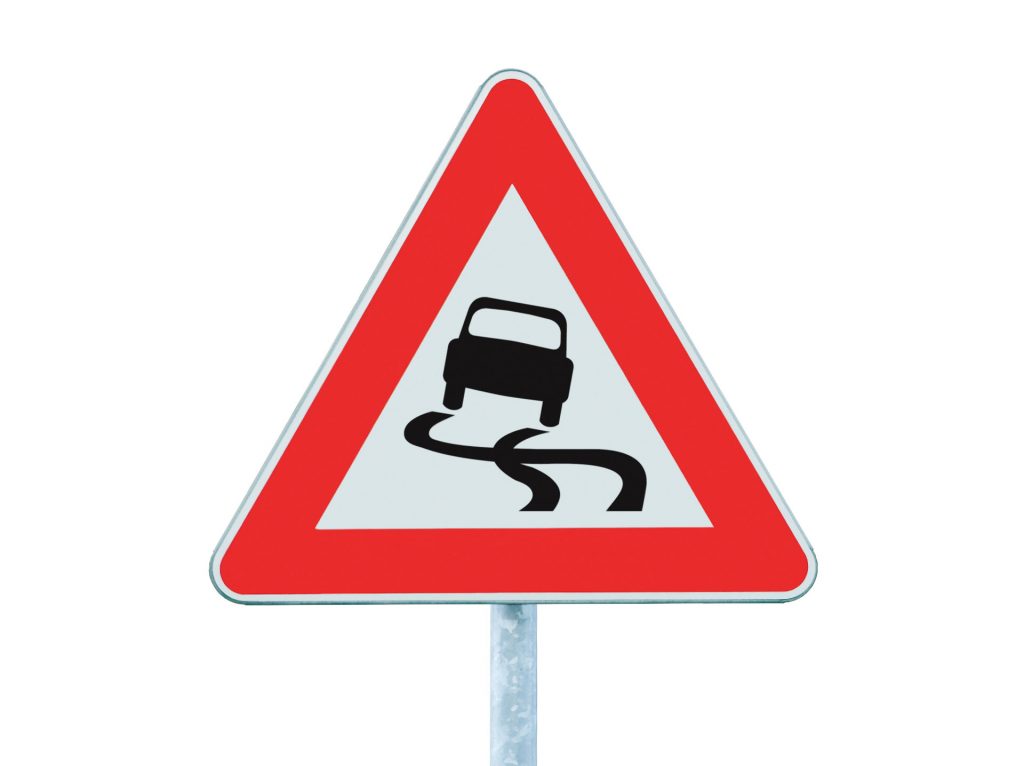positive driving attitudes
How positive driving attitudes result in safe and responsible driving behaviour
Safety on the road is important but sometimes elusive, as weather conditions, reckless drivers, and other factors such as the physical and mental state of road users can affect the way people respond to the challenges of operating a vehicle. Sometimes, a driver’s attitude can make the difference between driving well and being a danger on the road. With positive driving attitudes, road users can develop safe and responsible driving behaviour and make the roads better places for everyone.

Drivers’ attitudes on their own role in road safety can vary. As the Road Safety for Life website notes, a growing number of people believe that they can make a difference to safety on the road, although many of them believe that this is a shared responsibility. One safe driver can be an example to others, but it requires all road users’ cooperation to avoid collisions. In addition, communities and governments must come together to ensure that roads are well maintained with the proper signage and traffic signals. Private sector organizations also play an important part in ensuring that the roads are safe, especially around factories or other places where large vehicles are likely to drive.
Factors in Defensive Driving
Part of having a positive attitude towards driving is the concept of defensive driving. According to Dictionary.com, defensive driving involves minimizing risks and helping to avoid accidents, such as by trying to predict other drivers’ actions. Sometimes this is easy, such as when a driver uses a signal light to indicate an upcoming turn or begins to slow down for a red light. However, predicting other drivers’ actions can sometimes be more difficult, and drivers need special strategies for staying safe on the road.
Three basic ideas are behind defensive driving, according to the Ontario Ministry of Transportation’s website: visibility, space, and communication. Visibility is essential for driving, as road users must be able to see each other to be able to avoid collisions. Rain, fog, and snow can impede visibility, but a vehicle’s blind spots can be equally important. Drivers should always be aware of other vehicles’ blind spots, especially around large trucks with many of these areas with no visibility. An attitude of awareness and consideration for other road users can help drivers stay out of each others’ blind spots and to pay attention on the road.
Space is the second element of defensive driving. Road users should always allow each other sufficient space on each side to allow them to maneuver properly. This concept is especially important with bicycles, as cyclists often need space to swerve around debris or drainage grates on the road, or just to feel safe. However, other drivers also need space to be able to operate their vehicles safely. One of the major issues in this regard is tailgating. Impatient or inattentive drivers might tend to drive too closely behind other drivers rather than leaving sufficient space. However, having an attitude of patience and consideration for other drivers can help them to adjust their speed and to pull back when necessary.
The third part of defensive driving is communication. Even when they are not able to speak directly with each other, drivers can communicate through turn signals, eye contact, waves, nods, and smiles. At four-way stops, for example, drivers can signal to each other to indicate who should go first if the order of precedence is in question. Drivers can also communicate with cyclists in this way to determine who should go first or just to let them know that the driver has seen them.
Good communication requires a positive attitude. Drivers who are angry or impatient are likely to communicate their feelings to other road users, possibly making them angry or confused. Staying calm and friendly can help drivers communicate with each other in ways that are helpful, rather than causing others to become agitated and possibly causing an accident on the road. Remembering to communicate clearly and calmly is an important part of staying safe on the road.
Factors in Positive Driving Attitudes
Positive driving attitudes can encompass several different aspects of operating a vehicle. According to the Saskatchewan Professional Driver’s Handbook, one of these aspects is the driver’s emotional attitude. Emotions such as worry, annoyance, anger, or anxiety stemming from daily activities can distract drivers from paying attention to the road, making it easier for them to crash. Even positive emotions can distract drivers from the task of operating a vehicle. Although no one can avoid all emotions behind the wheel, drivers should be able to prevent their emotions from taking control of their driving.
The second aspect of people’s attitude on the road is driver condition or fitness to drive. This aspect can include long-term issues such as a physical or mental disability or it can be a short-term problem such as an illness, fatigue, or stress. When drivers are not feeling well, they are likely to pay less attention to the road than they should. This state might last for an hour or two, or it could take days or months to change, but fitness to drive should always be a consideration for people before they get behind the wheel.
Fitness issues can come in many forms, and they can be serious or relatively minor. Broken limbs or sore backs can make safe driving difficult or even impossible at times, but drugs and alcohol are also major components in people’s fitness to drive. Most people know the dangers of driving under the influence of alcohol or illegal drugs, but they might not consider the effects of prescription or over-the-counter drugs on their system. Cold or allergy medications can cause drowsiness, for example, which can cause drivers to miss important clues on the road.
A positive driving attitude can help people understand when they are fit to drive and when they should consider other transportation options. Pain or ill heath can distract drivers from watching the road and increase the possibility of accidents if drivers fail to notice their surroundings, concentrating instead on their health. As the Saskatchewan Professional Driver’s Handbook notes, distractions are the primary cause of traffic accidents. Positive driving attitudes, however, can lead drivers to realize the dangers of distractions and to make an effort to concentrate rather than allowing themselves to lose their focus on the road.
Distractions
Distractions can come from many sources, both inside and outside the vehicle. When drivers allow themselves to be distracted by passengers or by scenes outside the vehicle, they are more likely to drive erratically and to force other drivers to take evasive maneuvers. Drivers should always be aware of their surroundings but keep their focus on the road ahead so that they can anticipate what is coming next. Fixing their attention on the road will help drivers avoid being distracted by anything that might take their attention away from their primary task, including construction, accidents, and more.
Fatigue and Stress
Fatigue is another issue that can greatly affect driver behaviour. Although most people think of fatigue as a physical condition rather than an attitude, what drivers decide to do when they are fatigued can make a difference in how well or how badly they drive. Safe drivers know how dangerous it is to drive while fatigued, and they will do their best to avoid this kind of situation.

Drivers who are fatigued can often make choices that help to keep them safe. One option is to delay the trip for a short time or even overnight to allow time for sleep. Another is to be accompanied by another driver who can take over if necessary. A third option when a fatigued driver is already on the road is to pull over to the side of the road for a short nap before continuing on the trip. With a positive attitude, a driver can realize the importance of taking time for sleep despite any pressures that might encourage driving while fatigued.
A factor more closely aligned with a positive driving attitude is stress. Everyone experiences stress at some point in life, whether it comes from work, family, or other situations they encounter. However, levels of stress can vary with the person or with the day or month. Some people have very stressful jobs, for example, or have many responsibilities that normally keep them very busy. Even for people whose lives are not normally very stressful, a bad day or an unexpected crisis can cause stress. With a good driving attitude, people can learn to separate their daily stress from the challenges they face on the road.
Road safety is both an individual and a group responsibility, as the Road Safety for Life website explains. Becoming aware of behaviours and attitudes should lead drivers to take responsibility for their own driving while also watching for possible hazards from other road users. Driving is a cooperative task, where one person’s actions can affect other people’s safety. When drivers see that watching out for each other is an essential part of good driving, they can more easily incorporate that realization into a good driving attitude and help make the roads safer for everyone.
